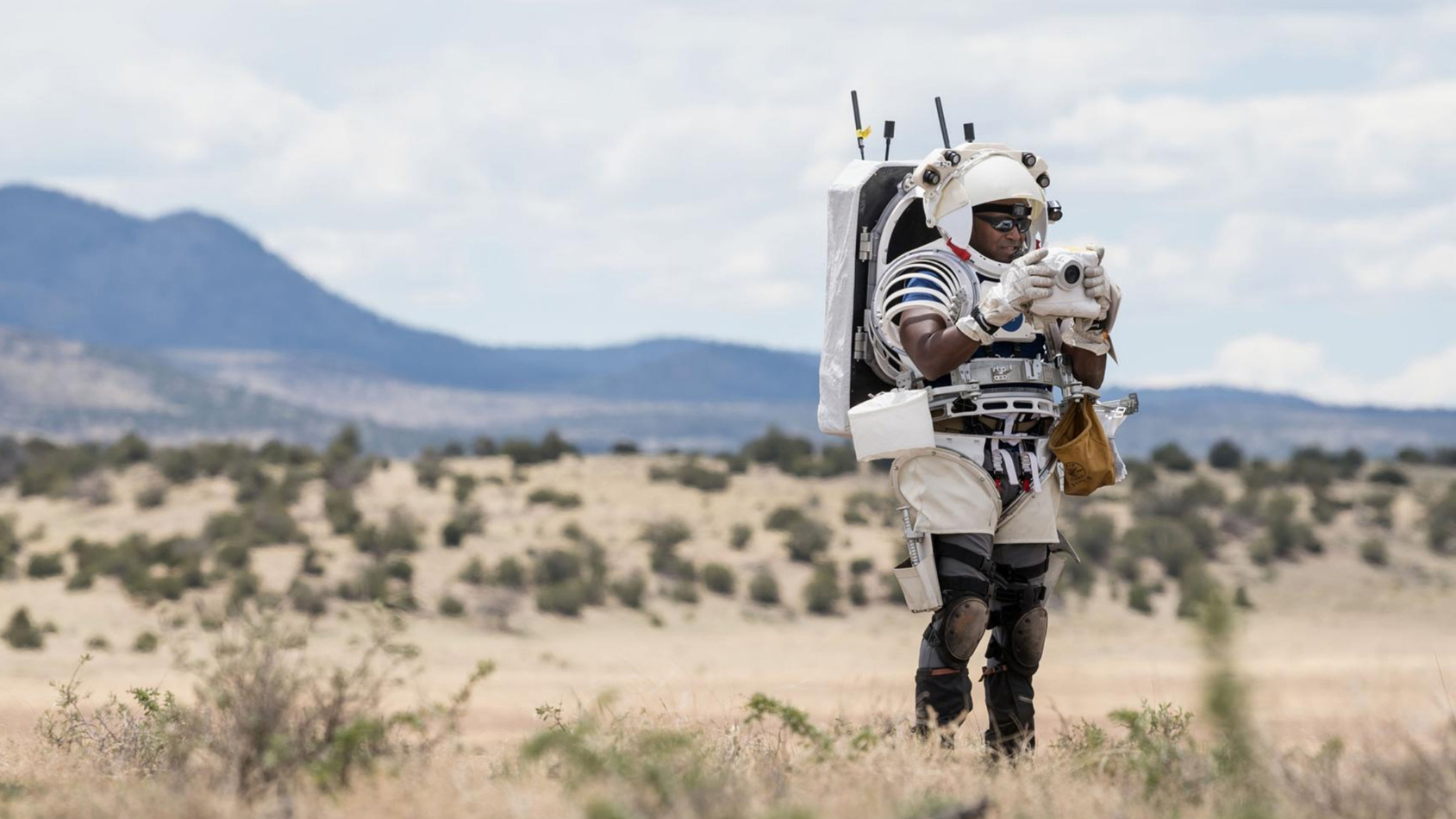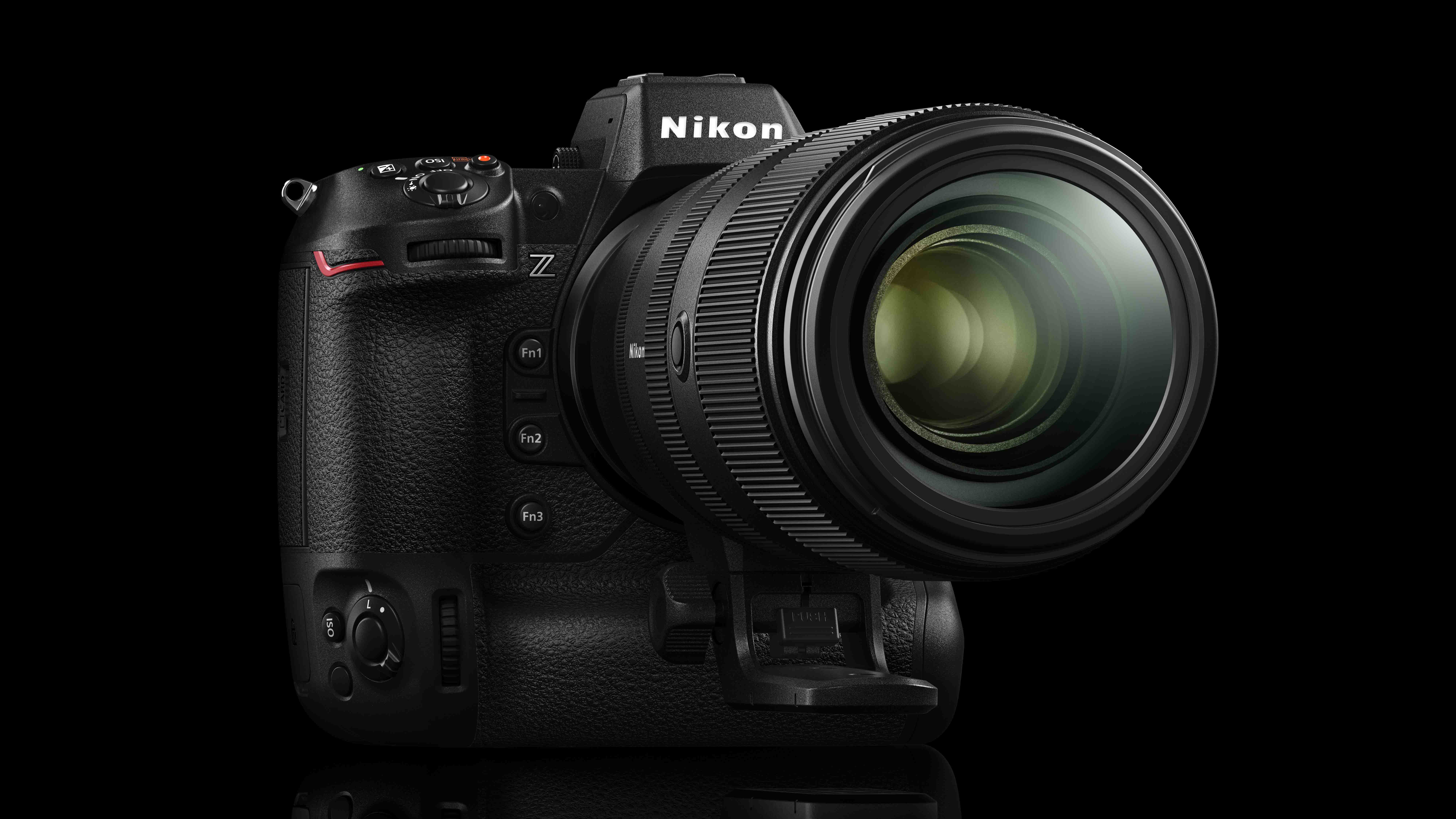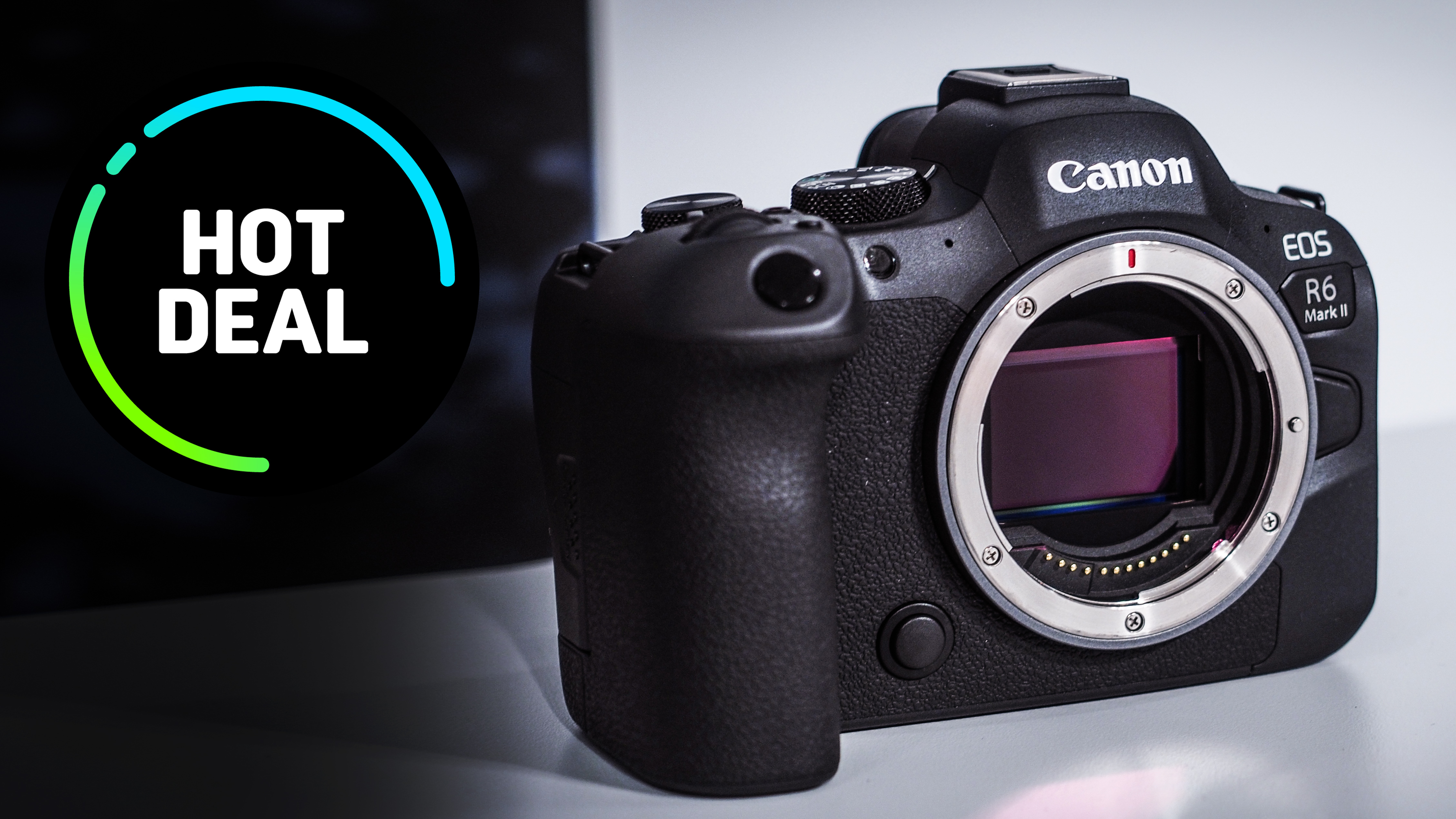Nikon showcases advancements in its lunar camera at CES 2025
The Nikon Z9 will be the next camera on the moon, and Nikon is showing how it aims to combat the elements at CES 2025

CES 2025, one of the world's largest tech events, is officially underway in Las Vegas, bringing together global innovators to unveil their latest advancements. Among these companies is Nikon, which not only won an award for its new Nikon Z6 III mirrorless camera but also revealed groundbreaking technology set to support NASA's ambitious Artemis lunar mission.
In a significant milestone, Nikon announced its partnership with NASA in March 2024, to supply cutting-edge imaging equipment for the upcoming Artemis mission – a major step in humanity's return to the Moon. With the first crewed lunar landing scheduled for mid-2027, Nikon is developing the Handheld Universal Lunar Camera (HULC), a specialized camera designed to capture high-resolution images of the mission both en route and on the Moon’s surface.

A key component of this collaboration will be the adapted Nikon Z9, a mirrorless camera that has undergone significant modifications to withstand the harsh conditions of space. The Z9 will be used during the Artemis III mission – the third phase of NASA’s Artemis program – where astronauts will conduct extravehicular activities (EVAs) on the lunar surface. Nikon highlighted these modifications at CES 2025, showcasing how the camera has been optimized for space missions.
One of the features on display is a custom-built insulating blanket, developed with input from NASA engineers, designed to protect the Nikon Z9 from extreme lunar temperatures, cosmic radiation, and abrasive lunar dust. The camera's resilience to these challenges will be critical for capturing high-quality images.

Nikon’s Z9 and Z lenses have also been re-engineered for use during EVAs, where astronauts will conduct moonwalks and spacewalks. To address the challenge of operating a camera while wearing bulky space gloves, NASA is developing a custom grip for the Z9, allowing astronauts to easily operate the shutter, review images, and switch between stills and video modes. The grip will connect to the camera via a 10-pin terminal cable and will be paired with special custom firmware to ensure seamless operation in zero-gravity conditions.
In addition to its lunar-focused innovations, Nikon is also showcasing a range of other cutting-edge technologies at CES 2025, including its advanced Robot Vision System, Riblet Processing technology, In-Vehicle Camera Systems, and, of course, its state-of-the-art mirrorless cameras.
You might also like
Check out our guide to the best Nikon cameras and the best Nikon lenses.
Get the Digital Camera World Newsletter
The best camera deals, reviews, product advice, and unmissable photography news, direct to your inbox!

Kalum is a professional photographer with over a decade of experience, also working as a photo editor and photography writer. Specializing in photography and art books, Kalum has a keen interest in the stories behind the images and often interviews contemporary photographers to gain insights into their practices. With a deep passion for both contemporary and classic photography, Kalum brings this love of the medium to all aspects of his work.
